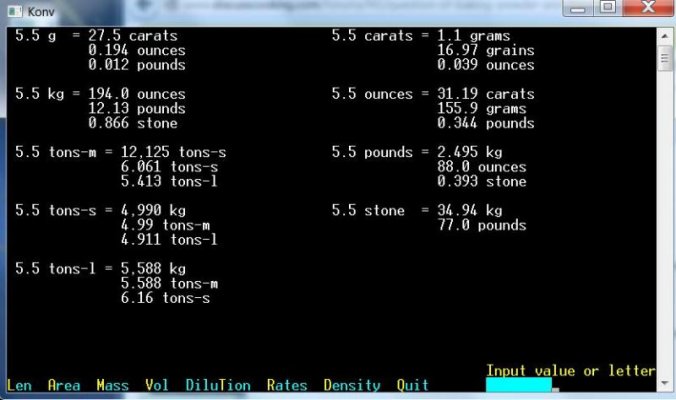DianaP81
Assistant Cook
I like the soft cake and fragrant, but also very swollen!!
what is the best baking powder to make cakes very high and swollen?
Furthermore, I was wondering what is meant by "cup" ...
how many grams are one cup?
...and, What does the word "flavors" that we find on the labels of American!
what is the best baking powder to make cakes very high and swollen?
Furthermore, I was wondering what is meant by "cup" ...
how many grams are one cup?
...and, What does the word "flavors" that we find on the labels of American!






